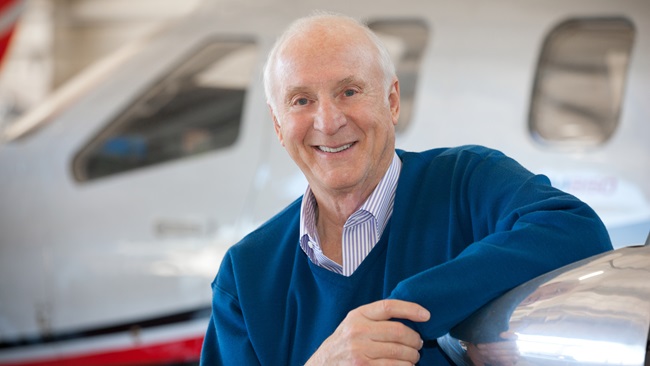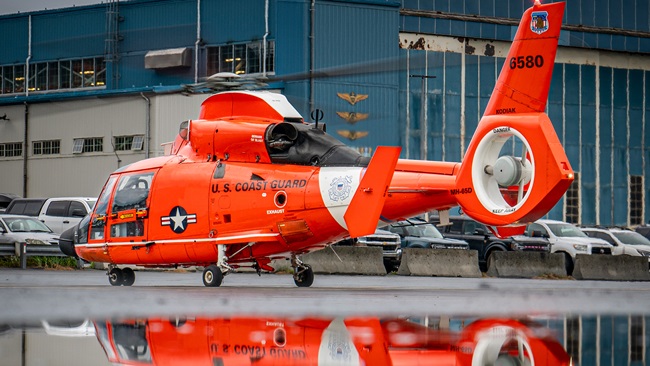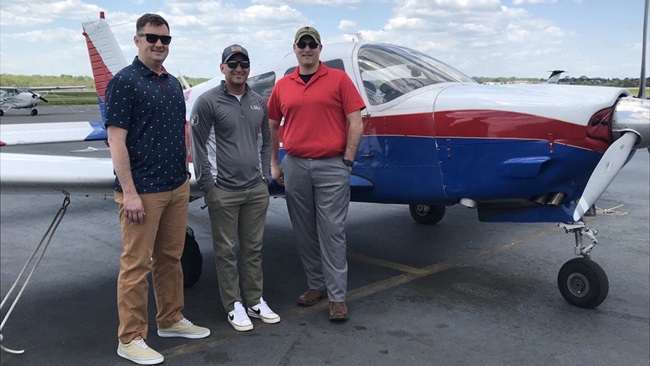Decisions, decisions
Choose the right college/career path and keep your life in balance
What the college and flight school recruiters are saying is true: There’s never been a better time to become a professional pilot.
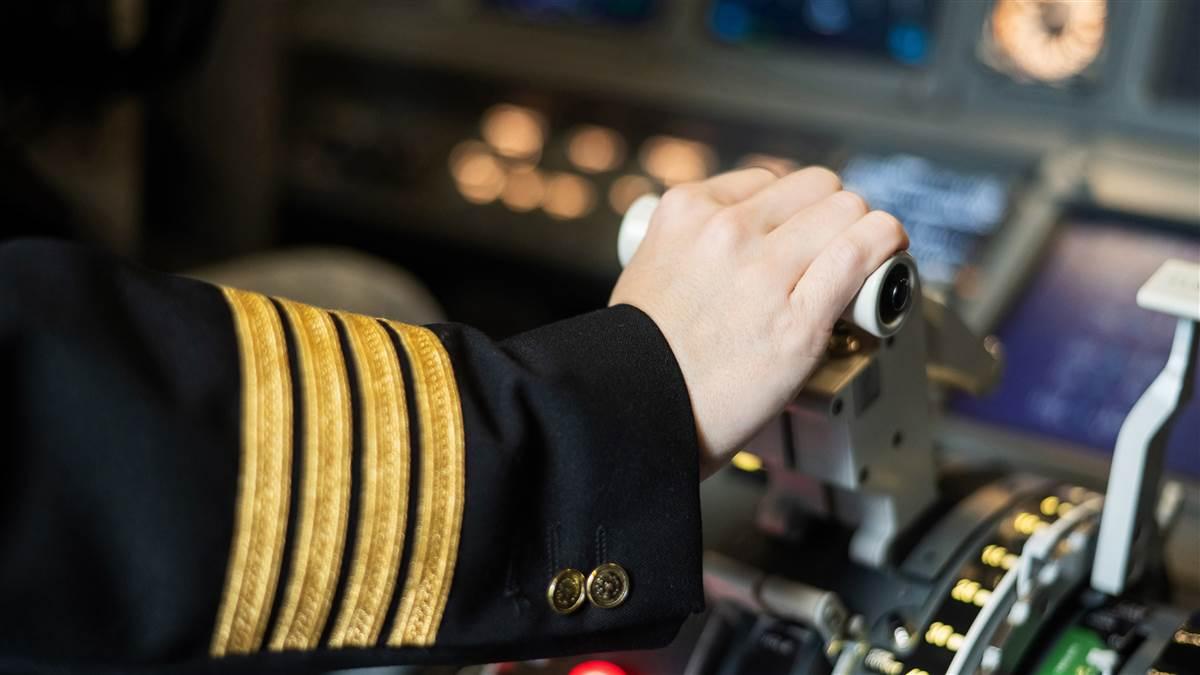
Airlines are doing everything they can within the regulations to reduce the hiring qualifications, and corporate and fractional operators are following suit. With such good prospects it may be tempting to think that the opportunities will simply be handed to you. But there are many ways to blow your chance, so choose wisely.
Although there are occasionally rumblings about reducing the minimum number of hours required to obtain an airline transport certificate, and therefore be employable by the airlines, that’s unlikely to happen. Planning to reach 1,500 hours—or 750 hours of military experience, 1,000 hours as a graduate of a four-year aviation program, or 1,250 as a graduate of a two-year program—is still the right strategy. The question is how to get there in the smartest way.
There’s a palpable sense of FOMO when racing toward the minimum number of hours. It doesn’t help that the industry can be fickle, and the date you are hired—and thus given a seniority number—is crucial for everything from holding the job to determining your schedule and pay. So, yeah, speed is important. But it’s not everything.
Picking the right training program is more than finding the one that will get you to the right seat the fastest. There are myriad considerations, including cost, hiring agreements, whether you can also earn a degree, and more. Emily Johnson (@emz_da_pilot on Instagram) was a flight attendant who aspired to fly. She completed all her training at a local flight school in Arizona. To pay for training and come out with no debt she applied for and was awarded a number of scholarships. “The Ninety-Nines were a big reason I got through flight training,” she said. Taking the slow and steady approach through training was the right financial decision at the time, but was it the right long-term decision for her career? She’s not sure. “I may have sped it up,” she said. But she quickly added, “Remember to enjoy life as you try to get to the next step.”
Which offer you take comes down to factors such as pay, schedule, upgrade time, and general fit.Picking the right training provider also comes down to fit. Is your lifestyle able to handle the rigors of the program? Is your family supportive? Airlines look at your full training record, and checkride failures can hurt your chances. Patrick Homewood tried to get into aviation after high school, but 9/11 derailed his plans. He picked aviation back up in 2017 when he saw the industry recovering. But having been away from rigorous training for many years, and having a young family, made the challenge of attending ATP Flight School harder than he expected. “People were kicked out after the instrument or commercial because they didn’t have the determination to sit down and study,” he said. “Being older, I understood what was at stake, so I was determined. Doing the firehose type training caused a few checkride failures that I now have to discuss when I’m in an interview. It’s not a comfortable conversation.”
The good news is that the need for pilots is so strong that blemishes on your record can usually be overcome. Homewood thinks he’s had to work a bit harder and maybe take jobs that weren’t as glamorous, but he’s flying for a living and working on the next step toward an airline career.
While Cameron Cunningham was weighing his options for regional carriers, ATP began a program with Spirit Airlines. Cunningham interviewed at about 1,250 hours, was offered the job, and was able to skip the regional airlines altogether.A more likely scenario if you train and then instruct at a place like ATP or a university with an aviation program is that you’ll leave with multiple job offers. Which offer you take comes down to factors such as pay, schedule, upgrade time, and general fit.
Cameron Cunningham left his nursing job to dive head-first into an aviation career. He started training at ATP with a two-year degree already in hand, so he was able to focus solely on the training. A resident of the Nashville area, he wanted to stay close to home and be with his family. After blazing through his certificates and ratings, he instructed for a few months and started applying to airlines with around 1,000 hours. ATP’s connections and flow agreements were a major factor in his choice of the nationwide training company; applying and getting interviews 500 hours before he was eligible to start with an airline set him up well. “Interview for everybody and do the best you can in school,” he said. No checkride failures and a great student pass rate put him in a powerful position, and he was given conditional job offers everywhere he applied.
While Cunningham was weighing his options for regional carriers, ATP began a program with Spirit Airlines. Cunningham interviewed at about 1,250 hours, was offered the job, and was able to skip the regional airlines altogether. But it wasn’t the draw of flying bigger jets that drew him to Spirit. It was the schedule and easy commute.
“I had twin newborns, so it was mostly a family decision,” he said. “It was a no-brainer.” Flying for Spirit allows him to make an easy commute from Nashville to Atlanta; he’s guaranteed four days off after each block of reserve days; and he feels like he’s at a place where he can stay and grow. He’s not in a hurry to upgrade or move on to the next company. “At the regionals the pressure is to get out as fast as possible. At some point you have to stop and smell the roses and enjoy the fact that you’ve made it,” he said.
Quality of life was the primary consideration for Johnson as well. She was in a position to choose between two regional airlines, and although money and benefits are always considerations, stability was what she was after. She chose a regional with a pilot base in Los Angeles, knowing that regional airlines are unlikely to close bases in major hubs, and it would likely negate the need to move when she eventually upgrades to a major airline. “I wanted a life where I wouldn’t have to commute,” she said. As a former flight attendant, she saw first-hand how a commute affects employees and their families. The strategy paid off, as she continues to live there after moving on to a major.
Luck and timing have a lot to do with one’s success in aviation. With aviation’s cyclical nature, it’s not uncommon to be riding a high wave, assuming that things will work out great when training is over, then come crashing down in the blink of an eye. Just ask Homewood. After the industry downturn following 9/11, he joined the military, became an engineer, worked at Boeing, and only came back to flying after many years in other jobs where his heart just wasn’t fully in it. But coming back has not been an easy road. He moved his family from Seattle to the Phoenix area to train, and then wanted to avoid another move, so he found a job instructing nearby. Then he found a job flying medevac in Learjet 30 series and 55 series. He lost his job during the pandemic downturn, and then had to live in Florida, far from his family, when they called him to come back.
“After high school I should have stuck with training and grinded it out, gotten my commercial and continued pilot training as a young person,” he said. He has friends from that era who did just that and are now flying for a major airline. “If I would have had the foresight and determination to be successful as a young man I would be at my destination.”
Cunningham also took a detour. The medical field wasn’t his first choice, but he thought you had to have perfect vision to be a pilot. It wasn’t until he met a pilot at United Airlines who mentored him through the process that he was able to make the leap. Then he began training during the COVID-19 pandemic. “Everyone thought I was crazy getting out of nursing and into aviation during COVID,” he said. But by being persistent he was able to position himself perfectly when hiring returned to pre-pandemic levels, and then skyrocketed well beyond. Even during a downturn, the right answer is usually to keep a toe in aviation.
Many of these major decisions are made more difficult by the fact that there’s no one right answer. Johnson doesn’t in any way regret going to her regional airline of choice, but she thinks the politics and agreements with the associated mainline carrier probably slowed down her growth. That wasn’t the case when she started, so things change quickly. She’s remained happy with her choices, primarily because she remains based in L.A., and she values the rigorous training she received at the regional airline. In other words, it wasn’t all about the money and upgrade time.
There is no doubt times are good right now for prospective professional pilots. Jobs will be there for the foreseeable future. Which one you grab, and which path you take is up to you, and something only you can decide.
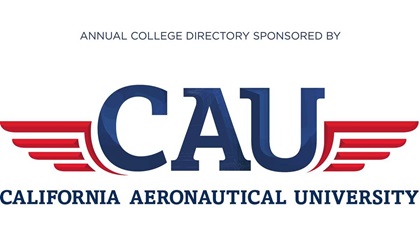 2023 'Flight Training' College Aviation Directory
2023 'Flight Training' College Aviation Directory
